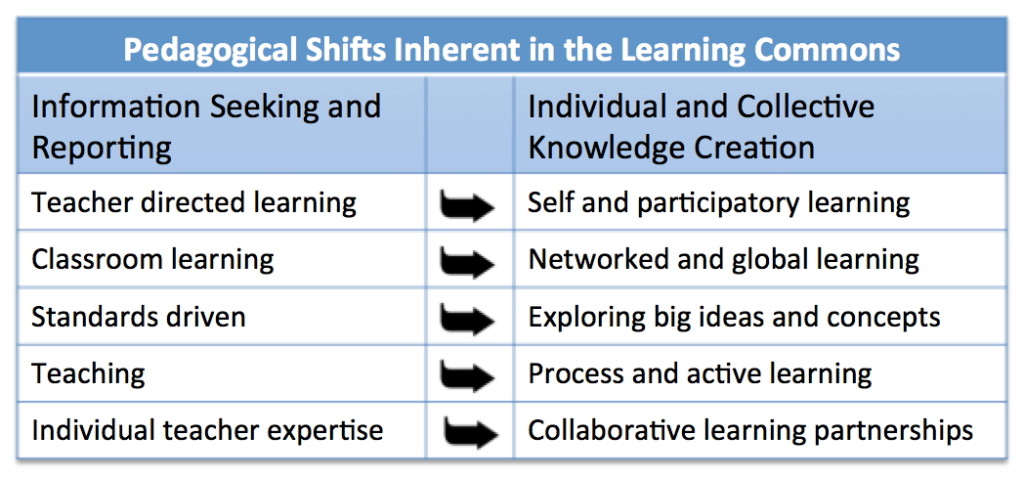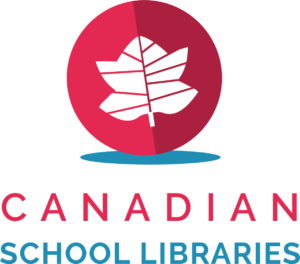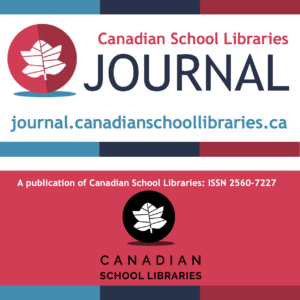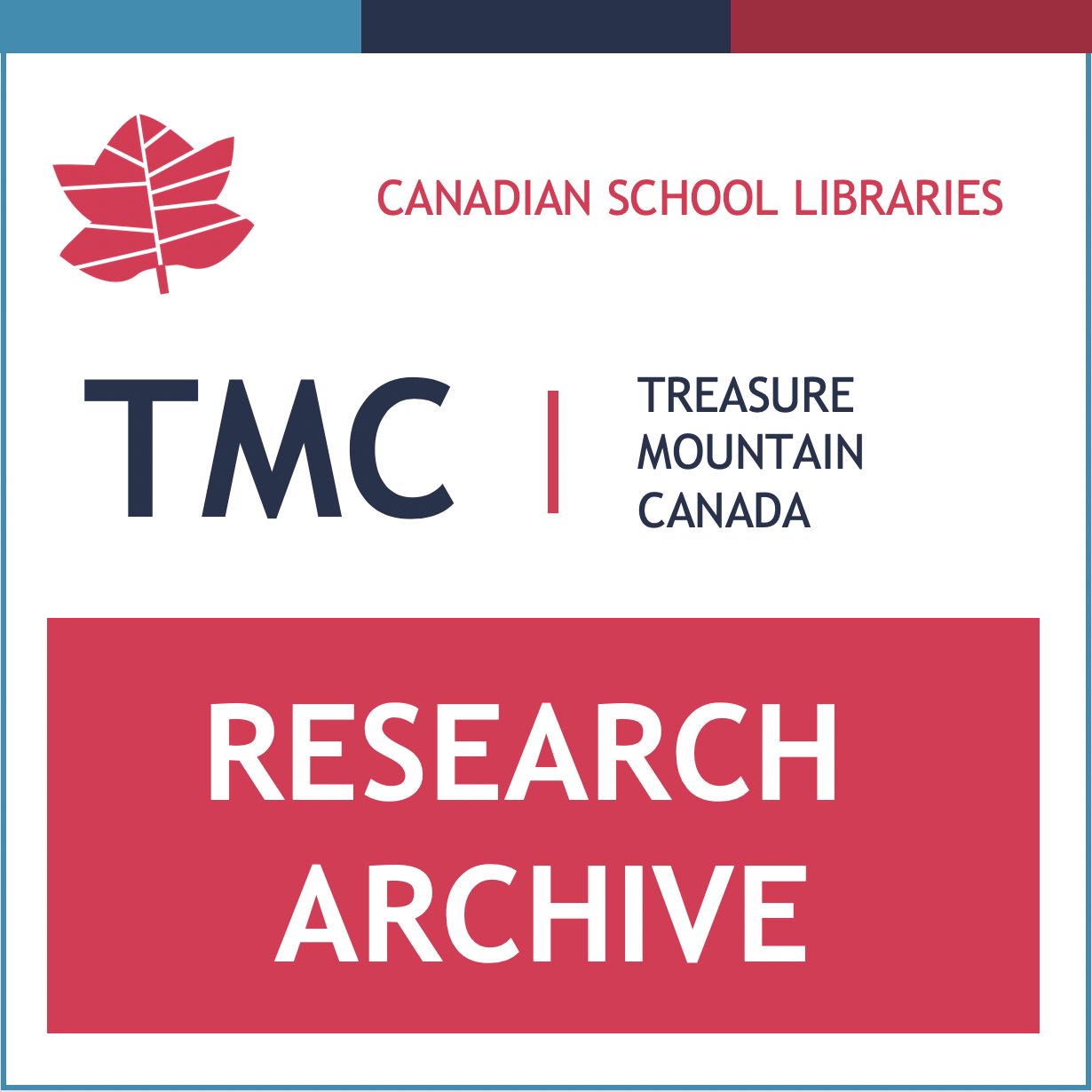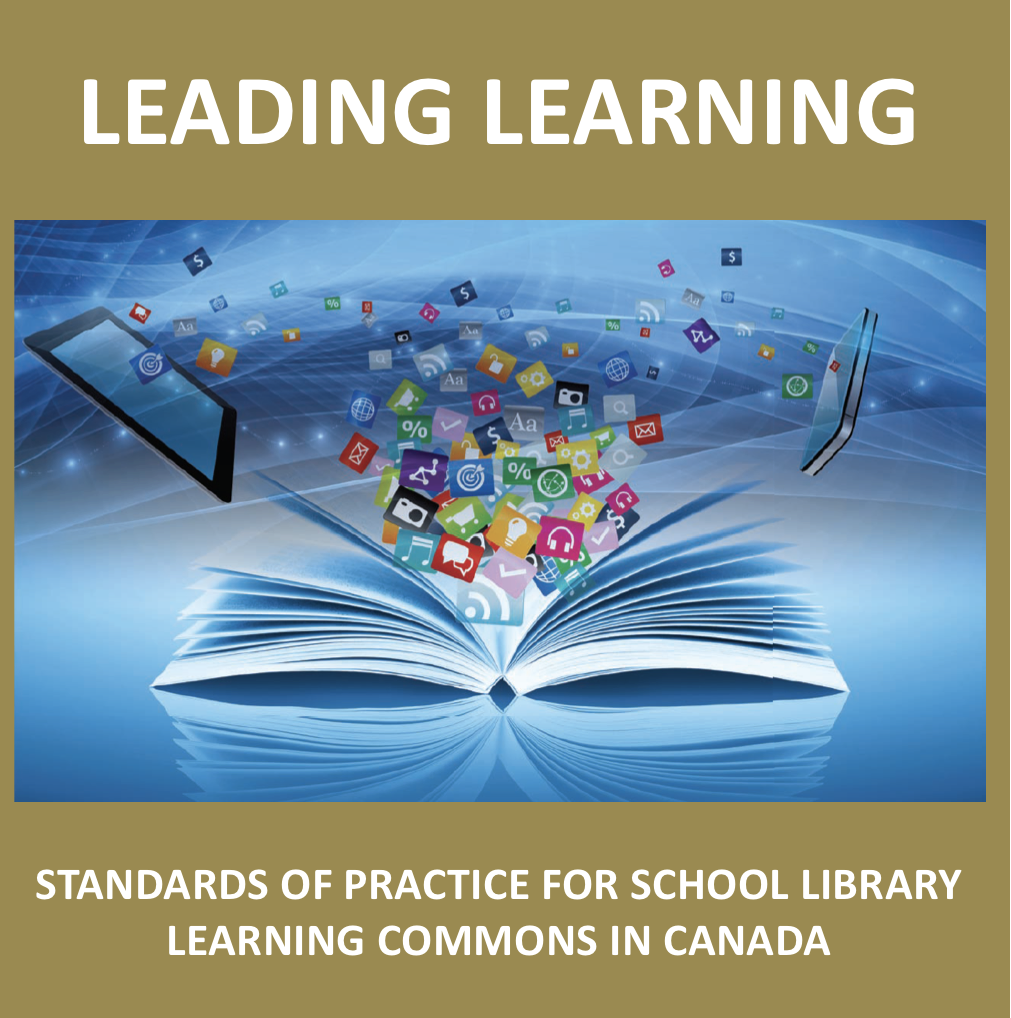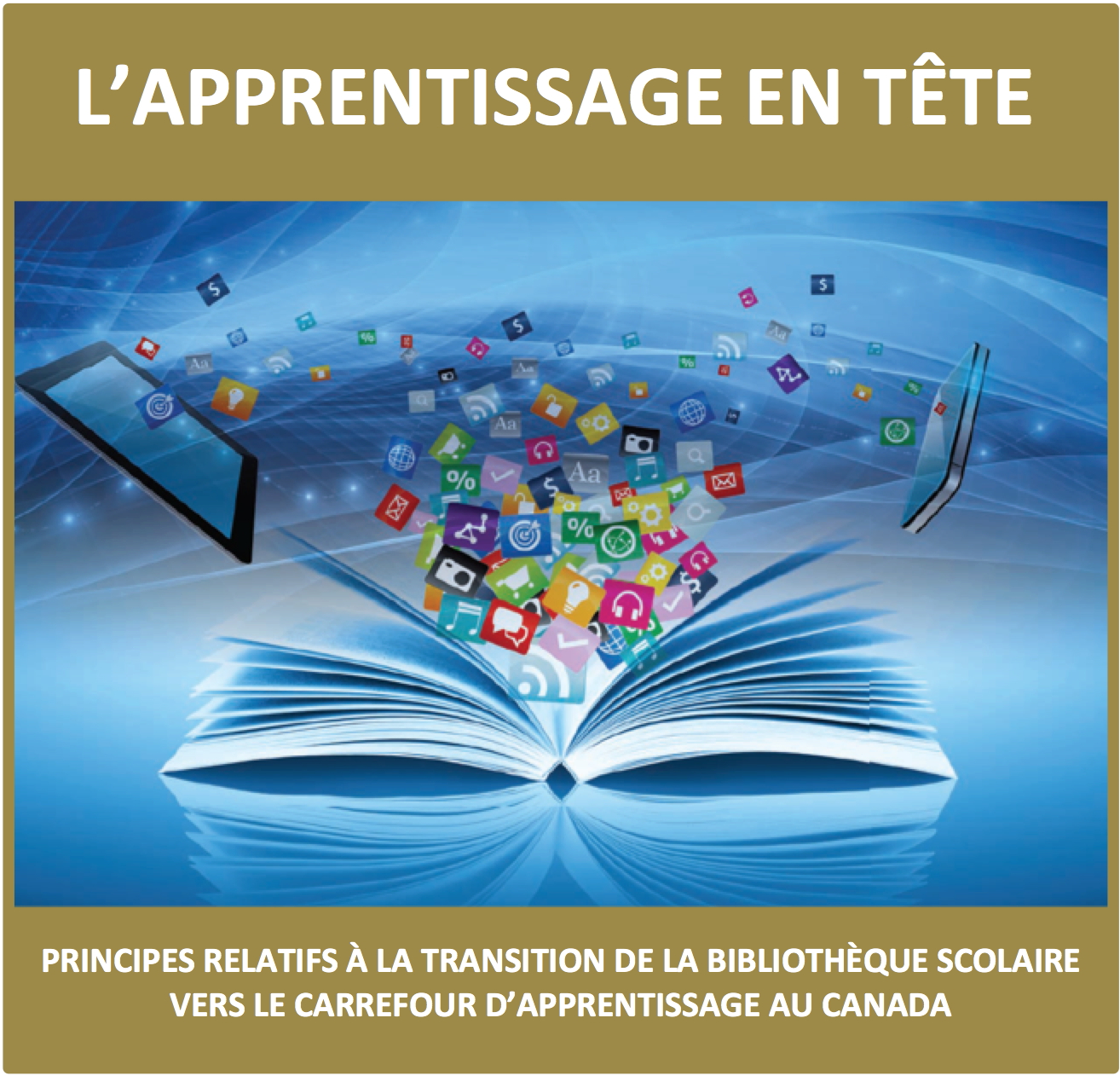Moving from Covering Information to Uncovering Deeper Understanding
Essential Question: How can we improve student learning through the way we design learning experiences?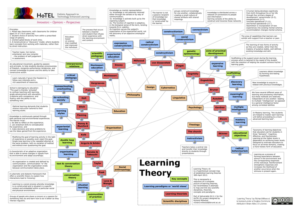
Instructional design models? Take you pick!
Our focus? Models that leverage learning in the library to realize the goals and philosophies of the ACRL’s Framework for Information Literacy for Higher Education.
Minds On: Knowing our Learners
So What? Our complex and rapidly evolving “information ecosystem” shifts our understanding of information literacy and demands new ways of understanding our students as learners.
“Students have a greater role and responsibility in creating new knowledge, in understanding the contours and the changing dynamics of the world of information, and in using information, data, and scholarship ethically.”
– ACRL (2015). Framework for Information Literacy in Higher Education
Your Teaching Experiences: Results from our survey.
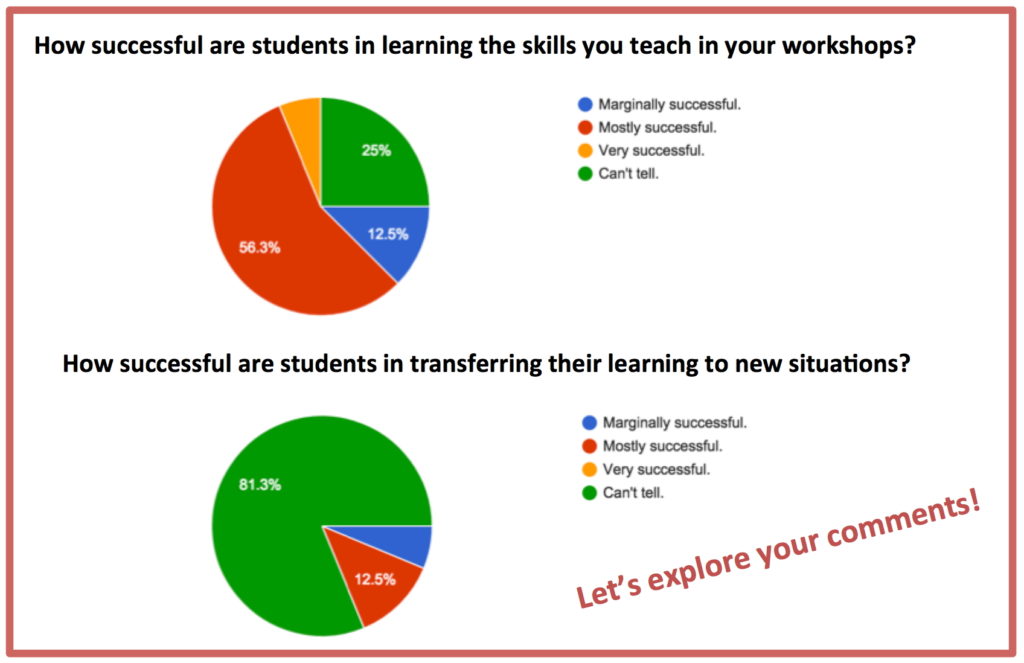
“Teaching faculty have a greater responsibility in designing curricula and assignments that foster enhanced engagement with the core ideas about information and scholarship within their disciplines. Librarians have a greater responsibility in identifying core ideas within their own knowledge domain that can extend learning for students, in creating a new cohesive curriculum for information literacy, and in collaborating more extensively with faculty.”
– ACRL (2015). Framework for Information Literacy in Higher Education
Instructional Design Models
![]() Understanding by Design Framework, by Jay McTighe and Grant Wiggins
Understanding by Design Framework, by Jay McTighe and Grant Wiggins
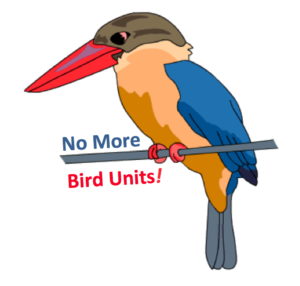 Exploring Design Models
Exploring Design Models
Your source: Design for Learning: A Discovery Guide for Librarians
- Select the design model that most interests you and join that table
- Table groups: Summarize key concepts in any way that works for you
Post your summaries on our gallery wall. Present your summaries to the room.
Browse the gallery. Post ideas for how these approaches might be used for UT Libraries information literacy instruction.
Assessment for Learning
Assessment is an integral part of learning. You can’t have one without the other! But assessment practices have changed radically, and are more integrated into instructional models than ever before.
View more from Damian Cooper’s video series on assessment.
“Kids do not come into this world craving marks. We teach them that.”
– Damian Cooper
“When the classroom culture focuses on rewards, gold stars, grades or class ranking, then (students) look for ways to obtain the best marks rather than to improve their learning. One reported consequence is that, when they have any choice, (students) avoid difficult tasks. They also spend time and energy looking for clues to the ‘right answer’.” – Black & William (1998). Inside the Black Box.
Your morning ticket out the door: “Aha” moments / Questions from morning’s topics
Teaching Success Stories at UTL
Susan Barker: Building confidence through active learning
Heather Buchansky: Success via peer-to-peer learning
Courtney Lundrigan: Building Faculty-Librarian Relationships for Instruction
Kicking It Up a Notch! Taking existing lessons / strategies and making them better.
Table Talk: Share a teaching experience that either didn’t work at all, or you think could work better, and discuss how it could be improved. Try applying some of the ideas from this morning’s exploration. Collaborate on ideas to kick it up a notch! Share one or two examples of lessons improved with the room.
The Big Think
How can we build a collaborative approach with faculty and administrators to leverage the ACRL Framework for student learning?
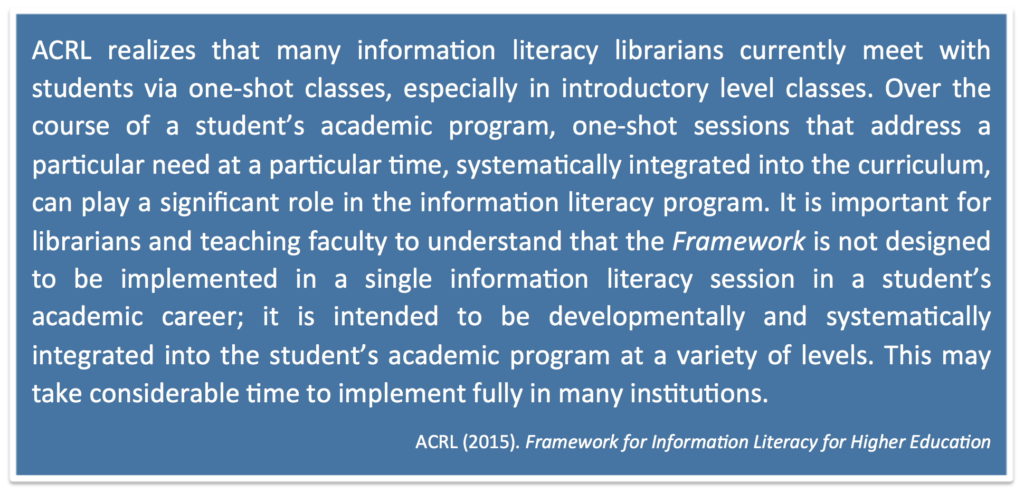
Final Thoughts:
- Deconstructing today’s workshop as a model of inquiry learning
- Collaborative Teacher Inquiry


